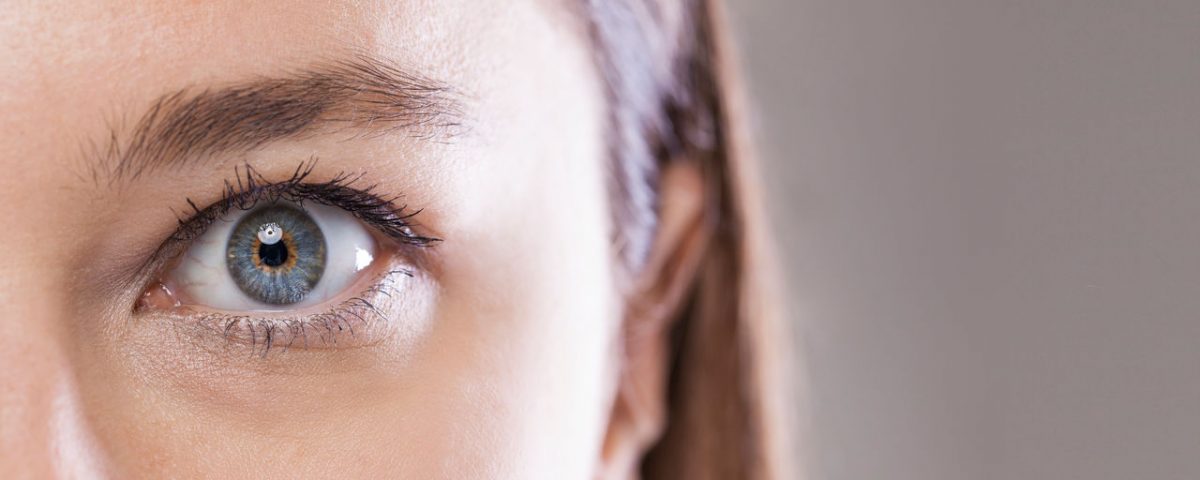BECAUSE it is locked away inside the skull, the brain is hard to study. Looking at it requires finicky machines which use magnetism or electricity or both to bypass the bone. There is just one tendril of brain tissue that can be seen from outside the body without any mucking about of this sort. That is the retina. Look into someone’s eyes and you are, in some small way, looking at their brain.
This being so, a group of researchers at Moorfields Eye Hospital in London, working with others around the world, decided to study the structure of the eye for signs of cognitive decline. Changes in the brain, they reasoned, might lead to changes in the nervous tissue connected to it. They focused on a part of the eye called the retinal nerve-fibre layer (RNFL). This is the lowest layer of the retina and serves to link the light-sensitive tissue above to the synapses which lead to the brain. The team’s results, published in JAMA Neurology this week,…Continue reading
Science and technology







